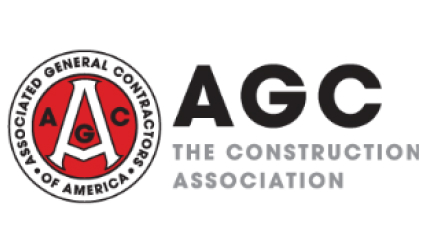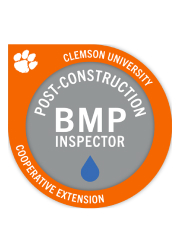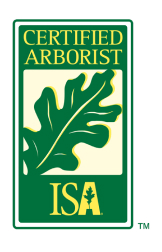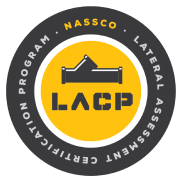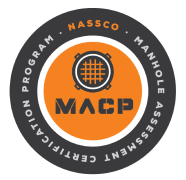Stormwater Management Permit

Stormwater Management Plan
The Clean Water Act was written into law in 1972, with the goal of making the nation’s surface water swimmable and fishable through the regulation of pollutants. Since that time, most levels of regulating agencies have some requirements for managing stormwater and associated pollutants through stormwater management plans (SWMP). All site development and redevelopment projects falling under the size and imperviousness rules (unique to each governing body) need to submit a plan for how the site will manage, at a minimum, stormwater peak flow and sediment commonly referred to as total suspended solids (TSS). The stormwater management permit is also a commitment by the property owner to the long-term responsibility of the stormwater management system. AQUALIS specializes in understanding state and federal permit regulations which are considered during site design and development. AQUALIS provides insight into local, state and federal requirements at the beginning of design to ease the permitting process when developing a stormwater management plan.
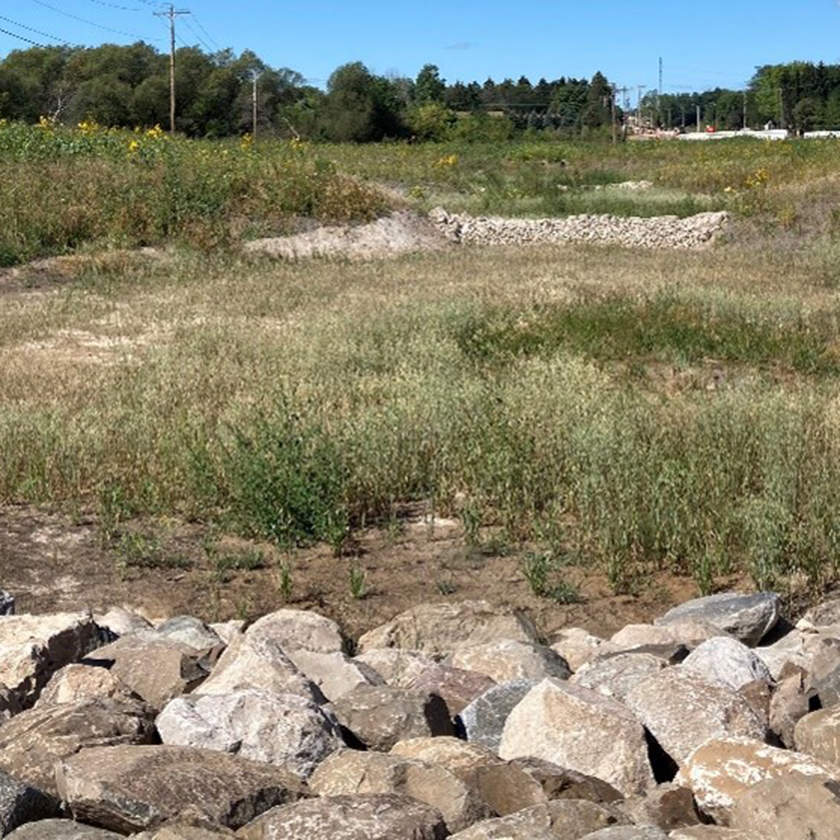
Stormwater Management Plan Regulations
Each state has its own General Stormwater Permit to which stormwater management plans (SWMP) must comply. Regulations can vary from state to state. AQUALIS has experience and familiarity in navigating the nuances of different regulations and can provide clients with clarity for design and permitting.
In urban and suburban areas, stormwater management plans are often also submitted directly to municipalities such that they can account for pollutant and flow discharges from their storm sewer networks. Municipalities may or may not have local regulations more stringent than state regulations due to unique pollutant or flow concerns. When developing a stormwater management plan, engineers at AQUALIS also consider maintenance, as most municipalities have an annual, biannual, or 5-year recertification process to ensure the functionality of the designed infrastructure.
Stormwater Management Plans Include
Site Development Plans
Soil Analysis
Water Quality Modeling
Operation And Maintenance Plan
Working with the EPA, municipalities and local firms including AQUALIS’s Engineering Division, RPWIN has been able to improve water quality, reduce runoff and pollutant loads, slow the velocity of water volume, restore natural habitats and improve outdoor recreational opportunities.
Highway KR Regenerative Stormwater Conveyance| Kenosha, WI
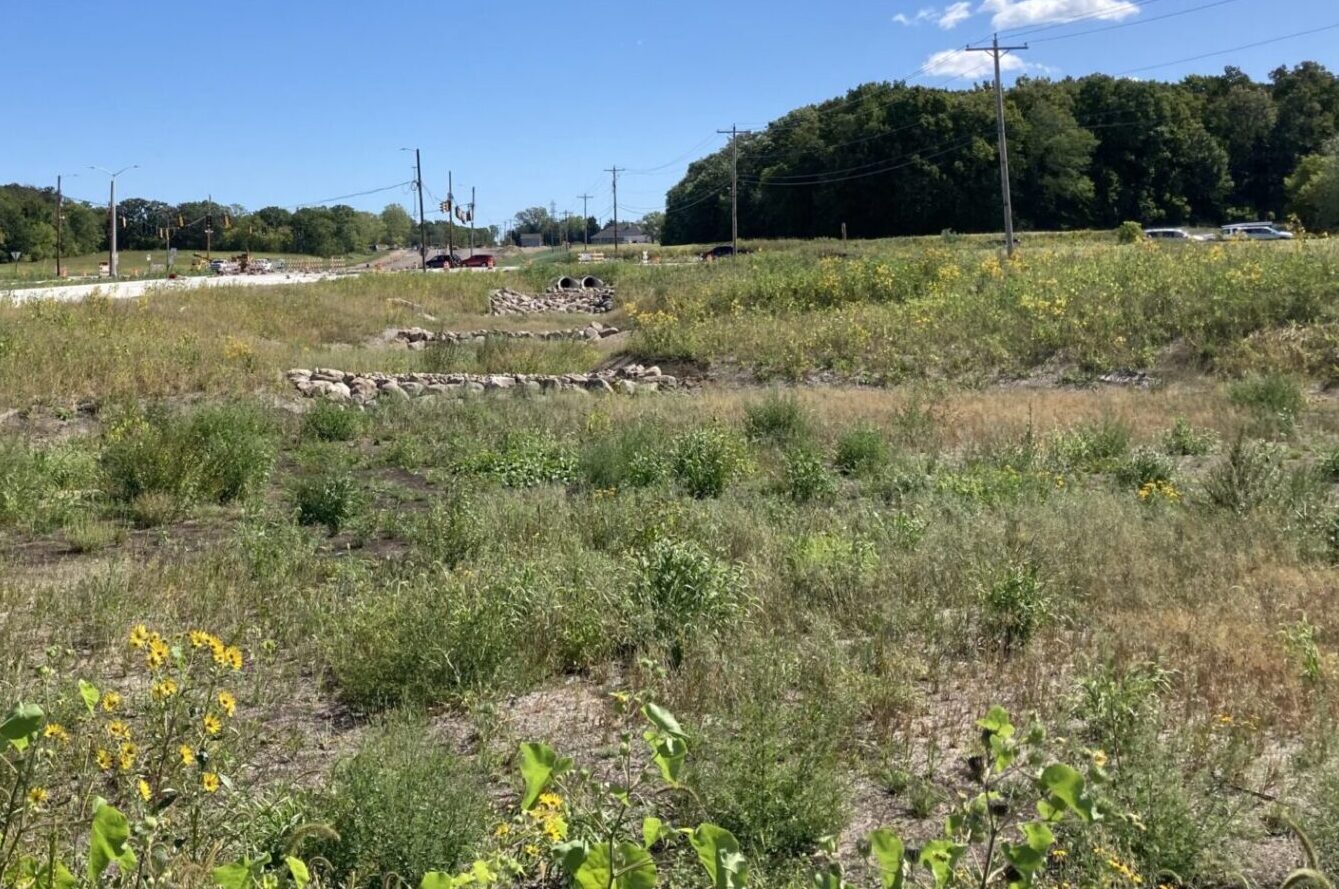
Performing periodic inspections are crucial to ensure continued functionality and compliance of onsite stormwater control measures (SCMs). Sites with a permitted SWMP are required to be recertified on a regular cycle to remain compliant.

Preventative maintenance is essential to the health of a stormwater system. Continually monitoring a system and visually inspecting assets prevents large, unexpected costs that come with stormwater system failure and rehabilitation.
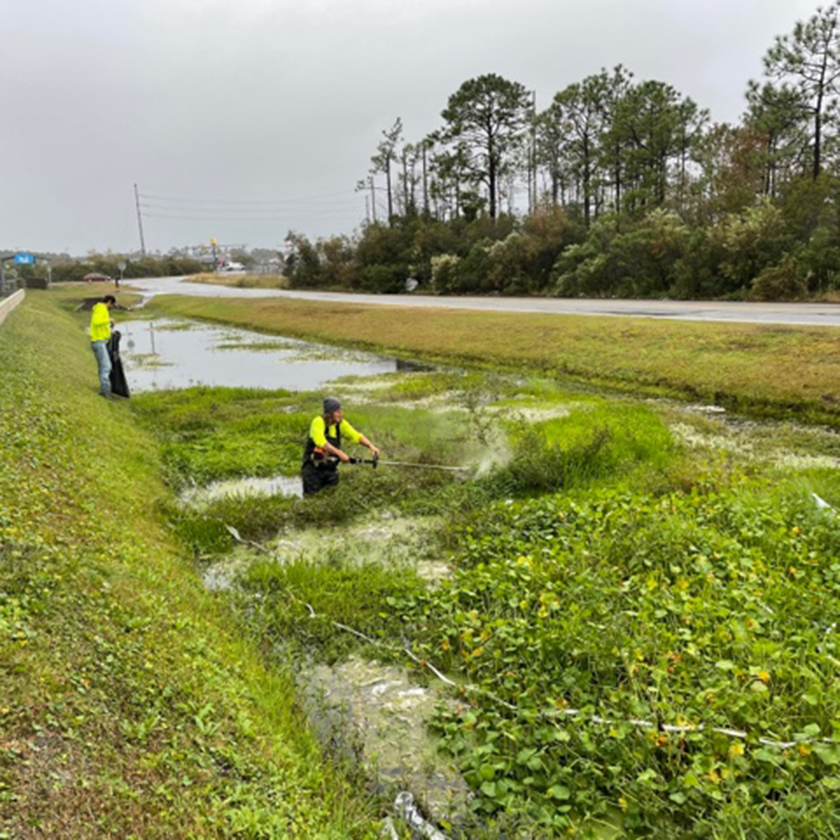
Did you receive an NOV? Have an urgent need? We can help.
Notices of Violation (NOVs) or Corrective Notices should be taken seriously. Contact AQUALIS today to learn how to resolve the issue and comply with regulations.




